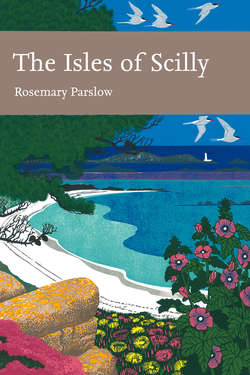Читать книгу The Isles of Scilly - Rosemary Parslow - Страница 32
LIMPET MIDDENS
ОглавлениеThere are shell middens in many places on the Isles of Scilly, refuse heaps that in some cases date back to the Bronze Age. They contain bones and other rubbish thrown out by the inhabitants, especially common limpet Patella vulgata shells. There seems to be a correlation between the size of the limpet shells and the living conditions of the people at that time: the smaller the shell apparently the tougher life had become for the people, as the shells were being harvested before they had reached full size. It is reported that they are very chewy and uninteresting, but presumably they were at least an easily accessible food and protein source. However, the University of Bristol Expedition in 1978 declared limpets were delicious in a risotto!
Limpet shell middens have been found at many archaeological sites on Scilly, on any islands that have been inhabited at any time. Middens were often in use up to the nineteenth century, and frequently can be dated by pottery shards and other remains layered in with the shells and other rubbish. When the inhabitants of Samson were evacuated from the island in 1839 they left behind a huge pile of limpet shells. Some of the beach pebbles used to knock limpets off the rocks were also found. There is evidence that some limpets were collected for fishing bait, but it is also very probable they were eaten even in quite recent times (Ratcliffe & Straker, 1996). Although limpets were the main species taken, remains of other edible molluscs have also been identified from the middens. These are mostly the species that would be expected: cockles, scallops and topshells, all of which are still common around the islands.
